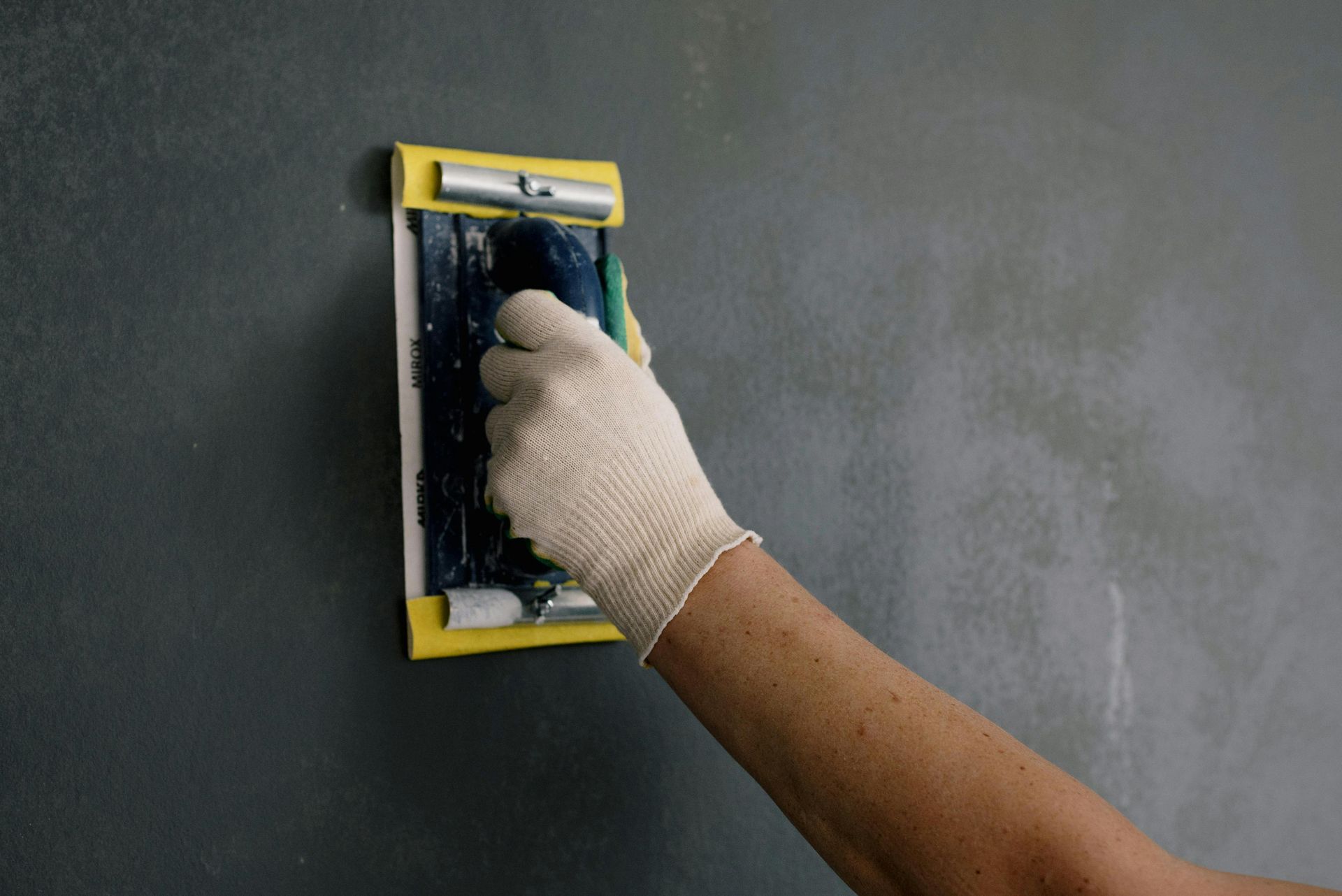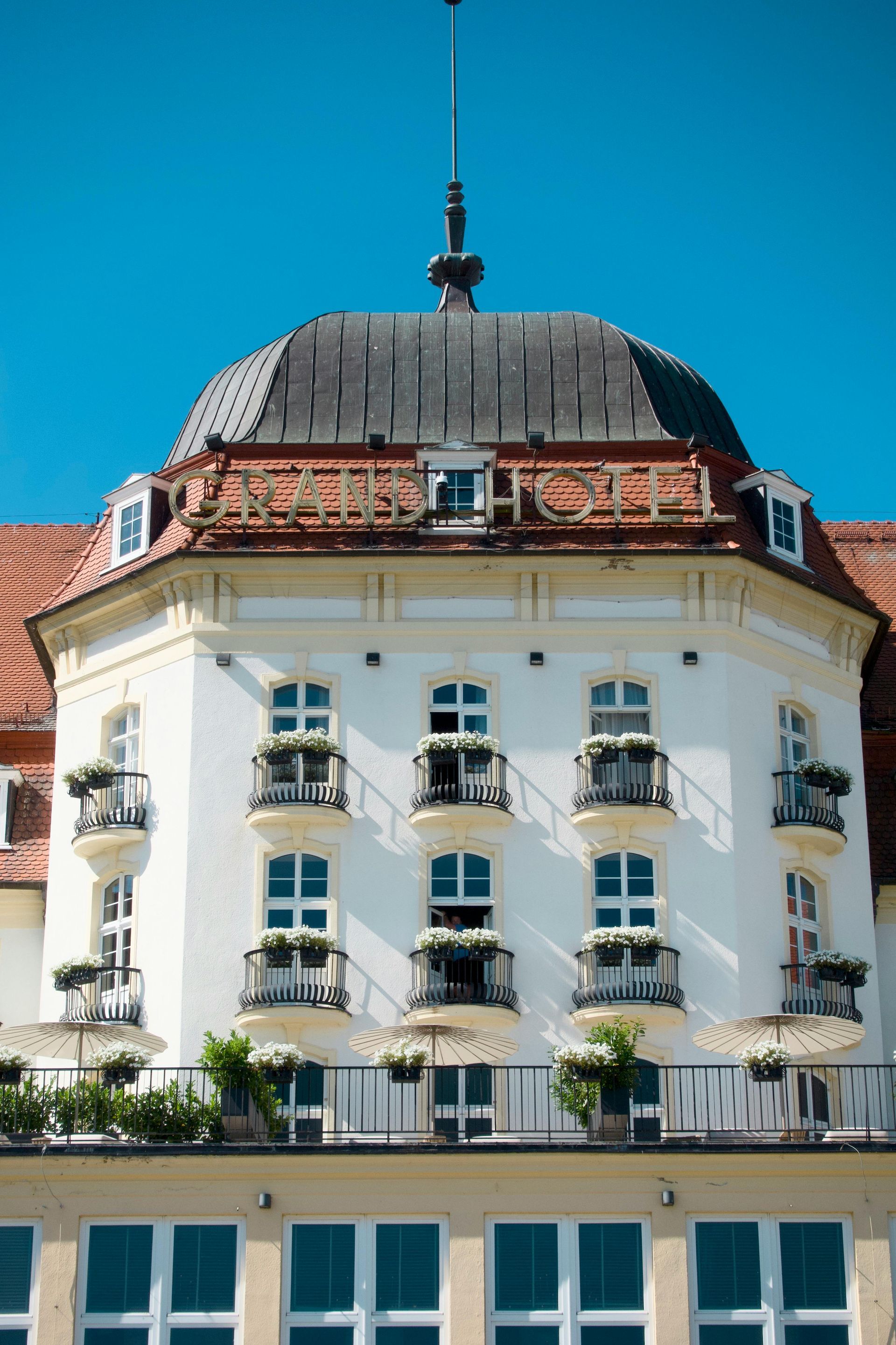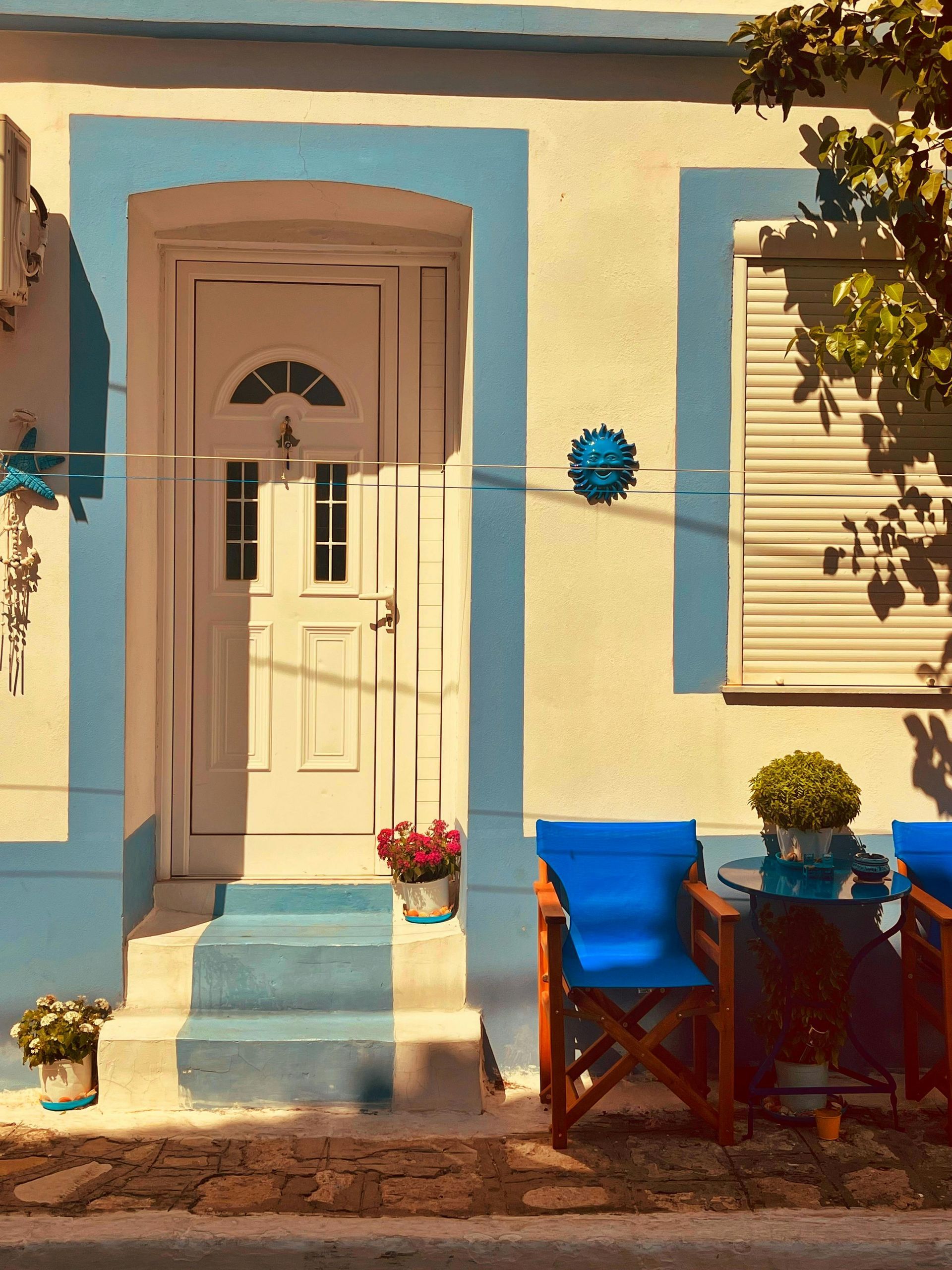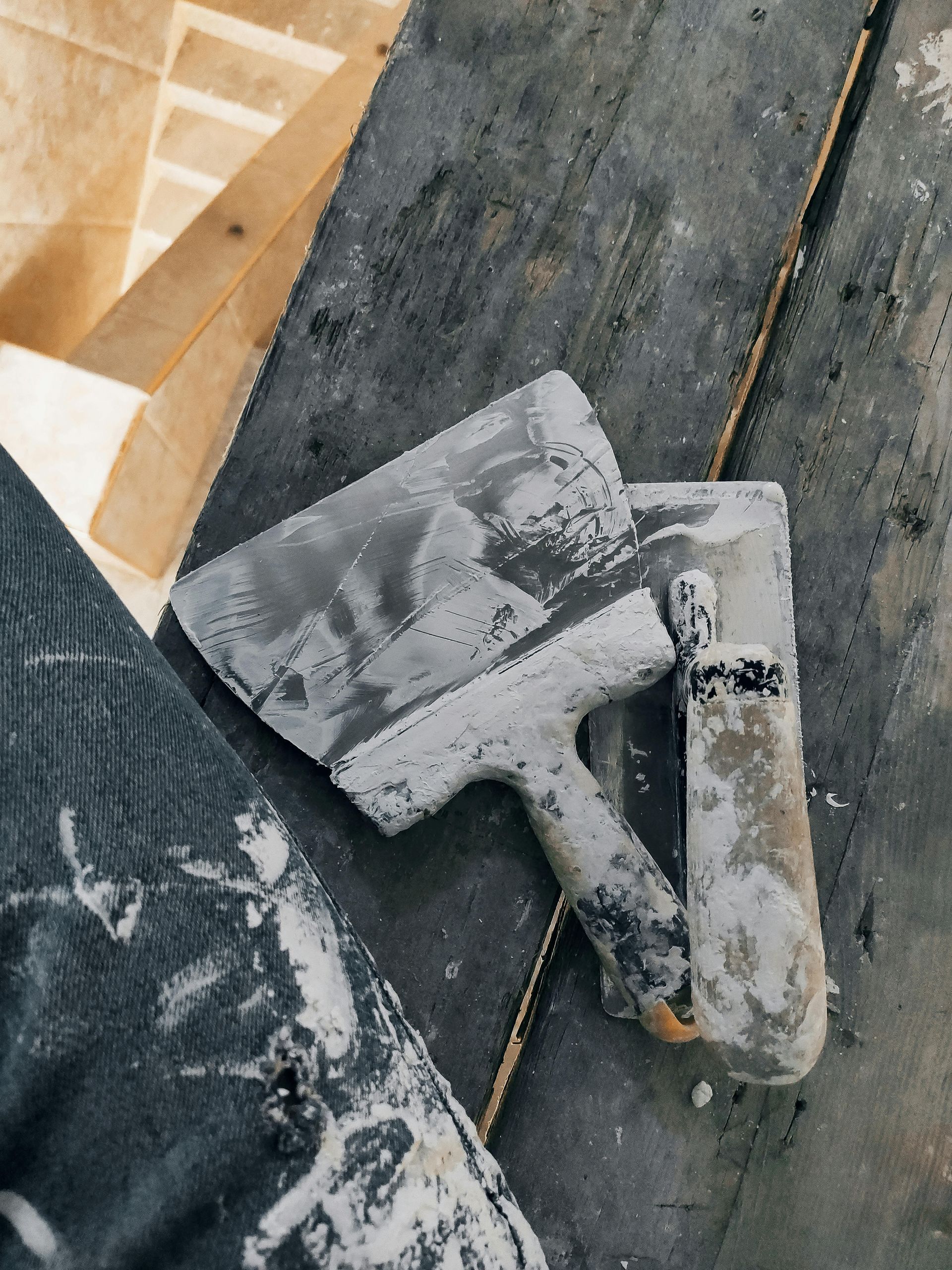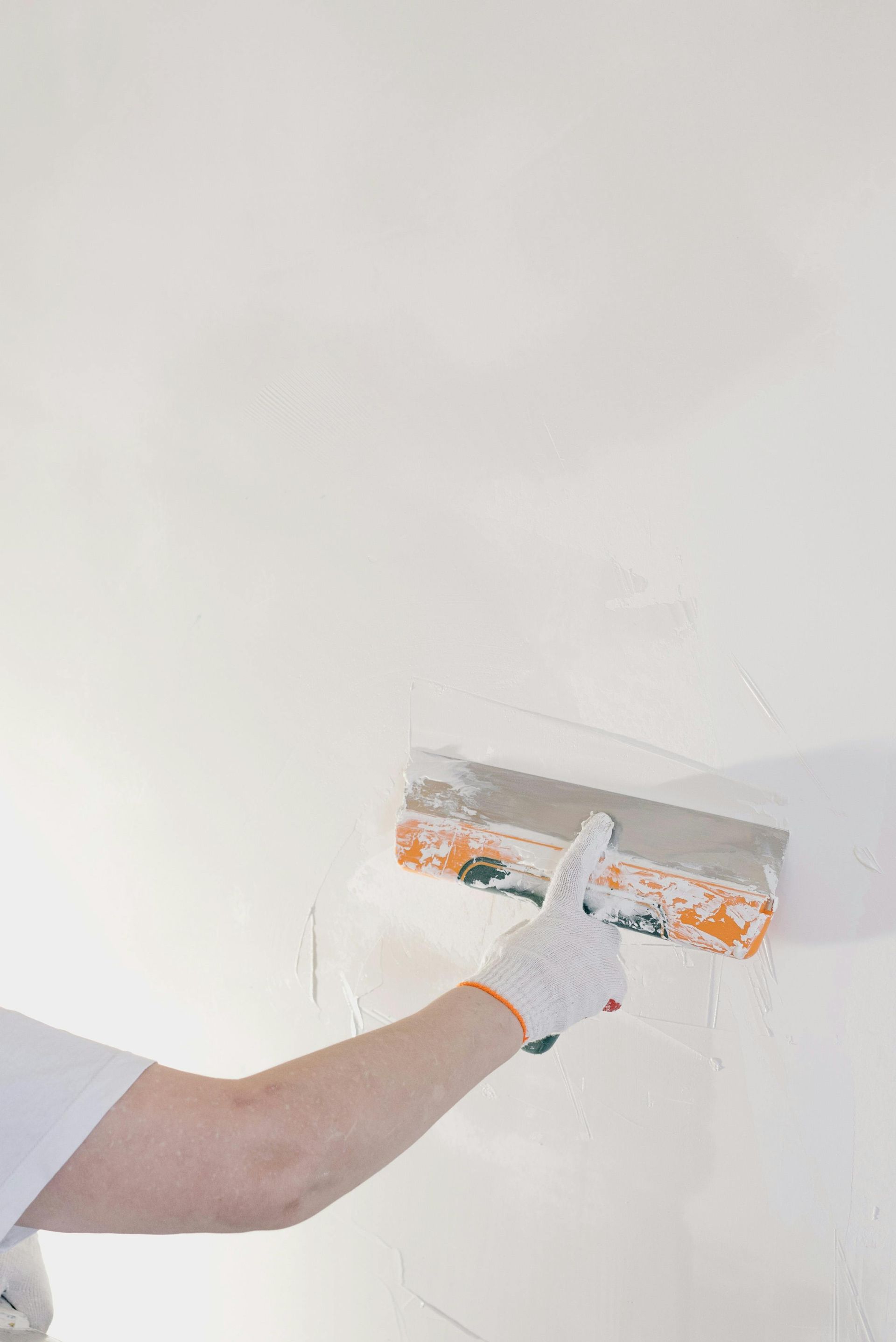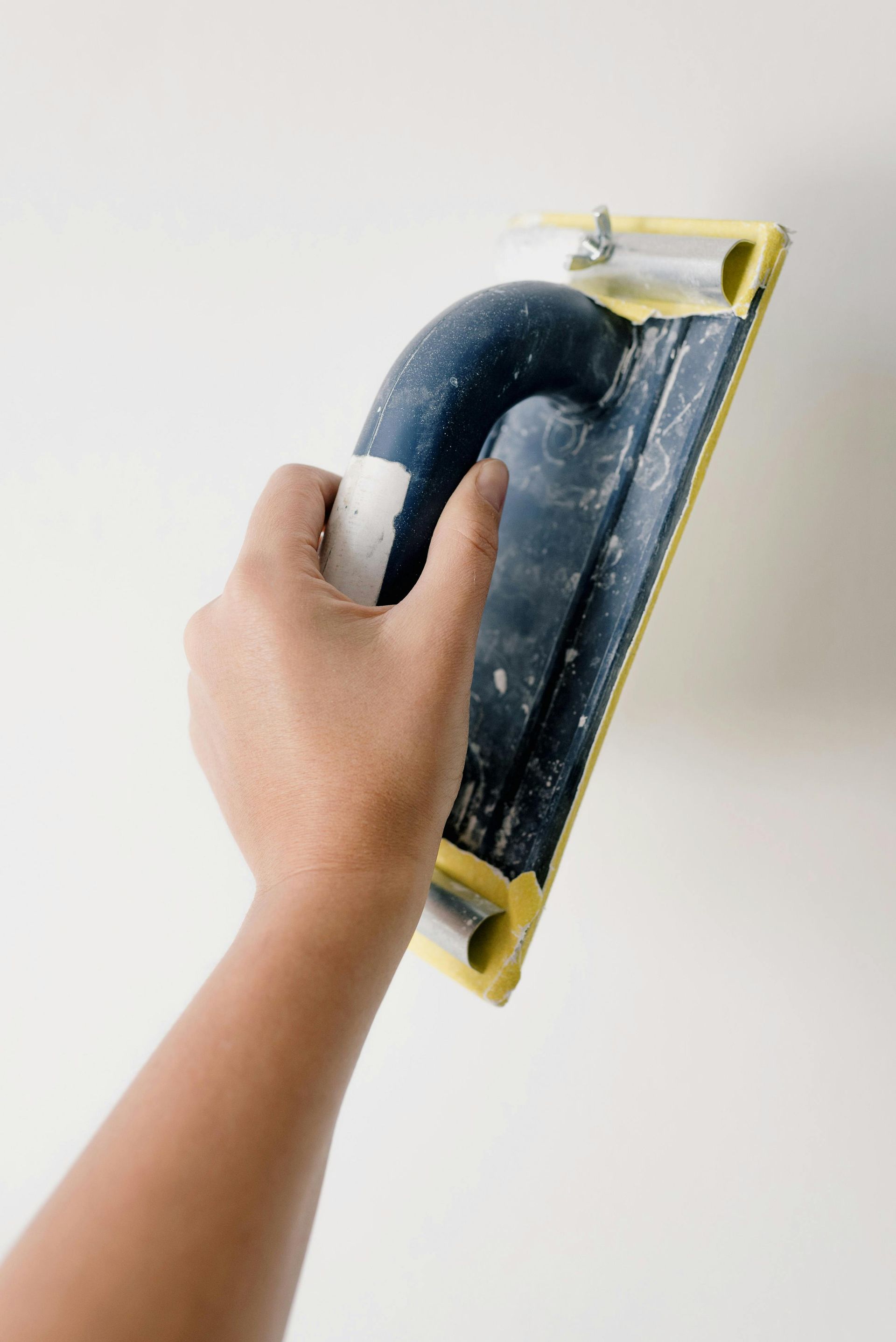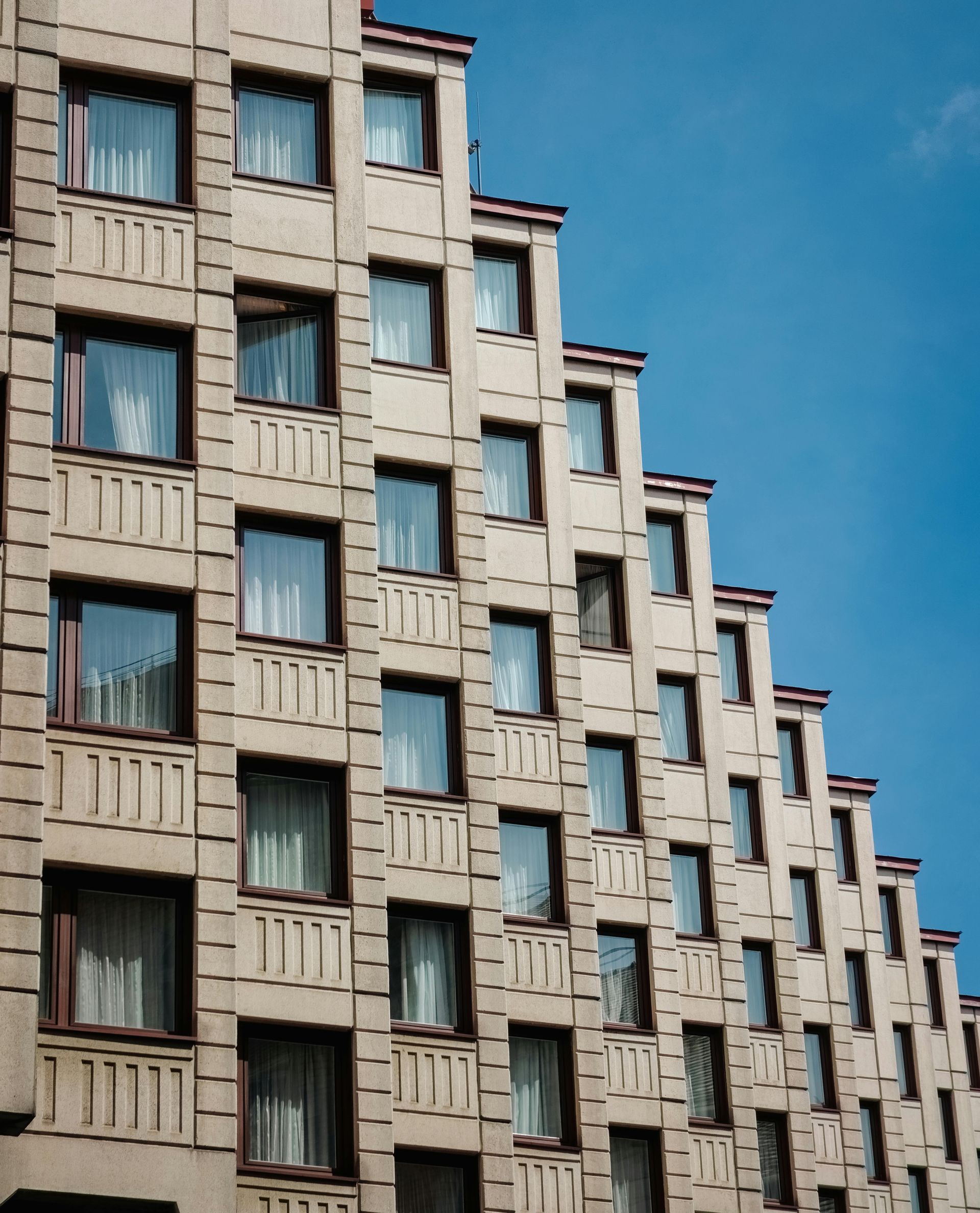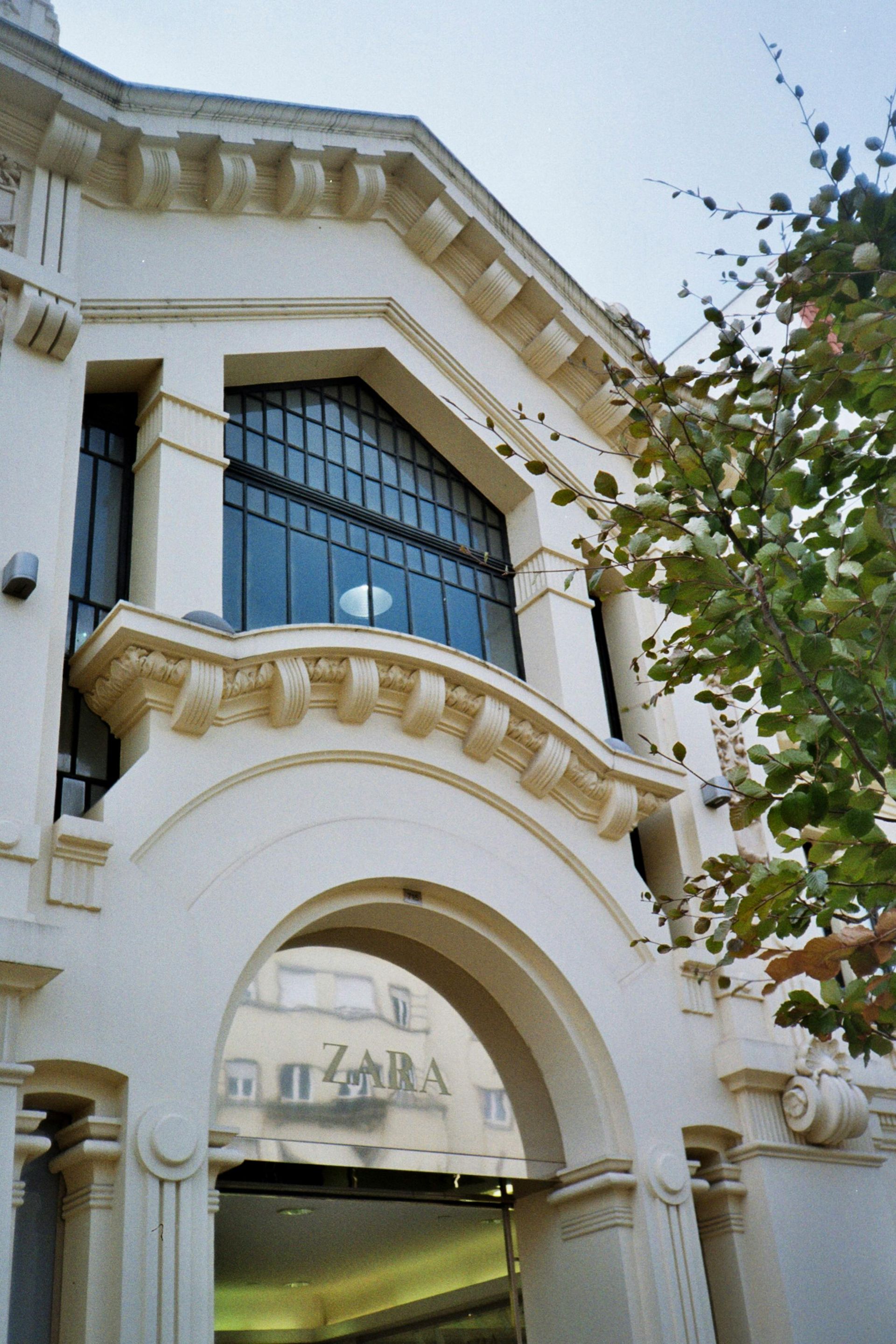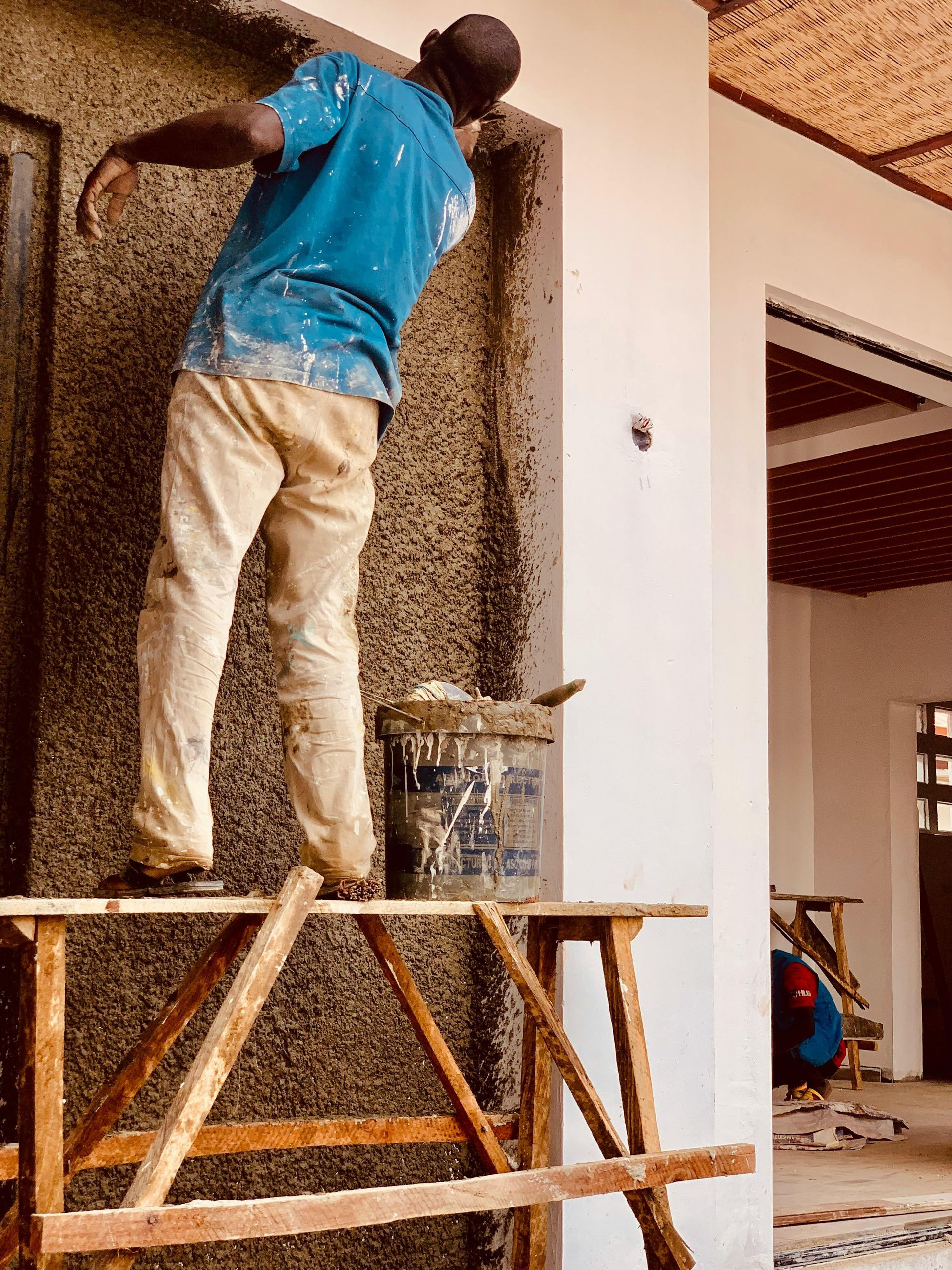The Stunning Design Differences Between Commercial and Residential Plaster
When most people hear “plaster,” they picture smooth white walls and ceilings. But in reality, plaster isn’t a one-size-fits-all material; it takes on very different roles depending on whether it’s used in a commercial building or a residential home.
In the Bay Area, where architecture spans from sleek tech campuses to historic Victorians, the difference between commercial plastering and residential plastering goes far beyond looks. It’s about durability, design flexibility, compliance, and even how people experience a space.
Let’s explore the stunning design differences between the two and why knowing them can make or break your next project.
1. The Purpose Behind the Design
Residential Plaster: Comfort & Aesthetics
In homes, plaster is about warmth, coziness, and personality. Homeowners use it to:
- Create smooth, elegant walls and ceilings.
- Add decorative textures like Venetian or stucco finishes.
- Highlight architectural details such as arches, niches, and crown molding.
Plaster in a house is designed to feel intimate and inviting.
Commercial Plaster: Function Meets Form
In commercial settings, plaster has to balance durability with aesthetics. It’s often used to:
- Cover large surface areas in lobbies, offices, or retail spaces.
- Provide strong, long-lasting finishes that can handle heavy traffic.
- Meet safety and code requirements while still looking polished.
Commercial plastering leans toward sleek, modern, and professional designs that match the building’s brand identity.
2. Scale & Application
Residential Plaster
- Usually applied in smaller rooms.
- Focuses on custom, hand-finished touches.
- Slower, more detailed application since homeowners value craftsmanship.
Think: an artisan applying Venetian plaster to a living room accent wall.
Commercial Plaster
- Applied on massive scales entire office buildings, hotels, or hospitals.
- Efficiency is key teams of plasterers work quickly with advanced equipment.
- Designs are often standardized to keep costs and schedules manageable.
Think: sleek plaster finishes across hundreds of office suites in a tech campus.
3. Aesthetic Goals
Residential Plaster
- Bold with personality homeowners want unique textures and colors.
- Popular finishes: lime plaster, Venetian plaster, rustic stucco.
- Customization is king: no two walls need to look alike.
Commercial Plaster
- Clean, consistent, and professional.
- Neutral tones dominate (whites, grays, beiges) to appeal to diverse tenants and customers.
- Decorative elements exist, but are usually subtle like a textured lobby wall or accent ceiling.
In other words:
homes showcase individuality, businesses showcase professionalism.
4. Durability & Performance
Residential
- Needs to handle everyday wear and tear (kids, pets, cooking steam).
- Easier to repair since scale is smaller.
- Durability is important but secondary to beauty.
Commercial
- Must withstand high-traffic abuse think hallways, stairwells, hospitals, restaurants.
- Materials are chosen for strength, longevity, and easy cleaning.
- Durability is as important as design (sometimes more).
A cracked wall in a house is annoying. A cracked wall in a hotel lobby? That’s a reputation risk.
5. Compliance & Safety
Residential Plaster
- Must meet building codes, but requirements are lighter.
- Homeowners prioritize design freedom.
Commercial Plaster
- Heavily regulated: must meet fire ratings, acoustic performance, moisture resistance, and ADA considerations.
- Design choices often revolve around meeting local codes and inspections.
-
Here in the Bay Area, seismic safety adds another layer: commercial plastering must factor in earthquake resistance.
6. Cost & Investment
Residential
- Homeowners are willing to pay for unique, artistic finishes.
- Higher cost per square foot because of customization.
Commercial
- Budget-focused since projects are large.
- Cost efficiency matters, but so does
long-term ROI (choosing plaster that prevents expensive repairs).
7. Evolving Design Trends
Residential Plaster Trends
- Earthy tones, natural lime plaster finishes.
- Statement walls with Venetian plaster.
- Textured ceilings making a comeback.
Commercial Plaster Trends
- Sleek, modern finishes in neutral palettes.
- Accent textures in lobbies and public spaces.
- Eco-friendly and sustainable materials to align with green building standards.
Real-World Bay Area Examples
- Residential: A Los Gatos homeowner transforms their kitchen with a custom Venetian plaster backsplash—unique, luxurious, and personal.
- Commercial: A San Francisco hotel renovates its lobby with durable plaster finishes that look stylish but can withstand rolling luggage, cleaning, and constant foot traffic.
Two very different goals. Same material, different design approach.
Final Thoughts
Plaster may seem simple, but the design differences between residential and commercial applications are striking.
- Residential plaster is personal, decorative, and detail-oriented.
- Commercial plaster is large-scale, durable, and code-driven.
At Commercial Plastering Inc., we’ve seen firsthand how plaster transforms both homes and businesses in the Bay Area. Whether it’s protecting a high-rise from water damage or adding character to a family home, the design approach matters just as much as the material itself.
Thinking about plaster for your property? Let’s talk. Our team specializes in helping Bay Area property owners choose the right finish for beauty, durability, and long-term value.
